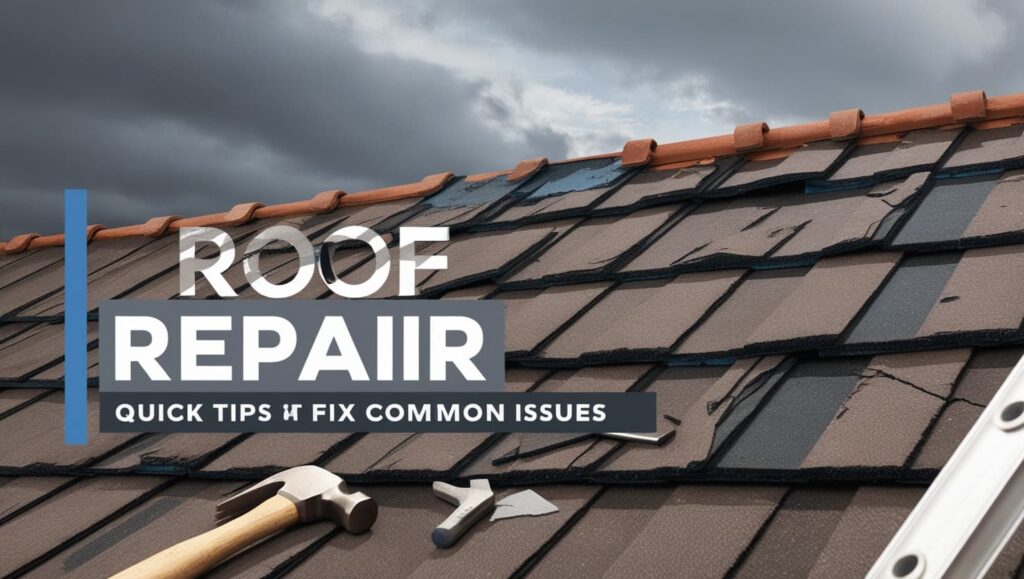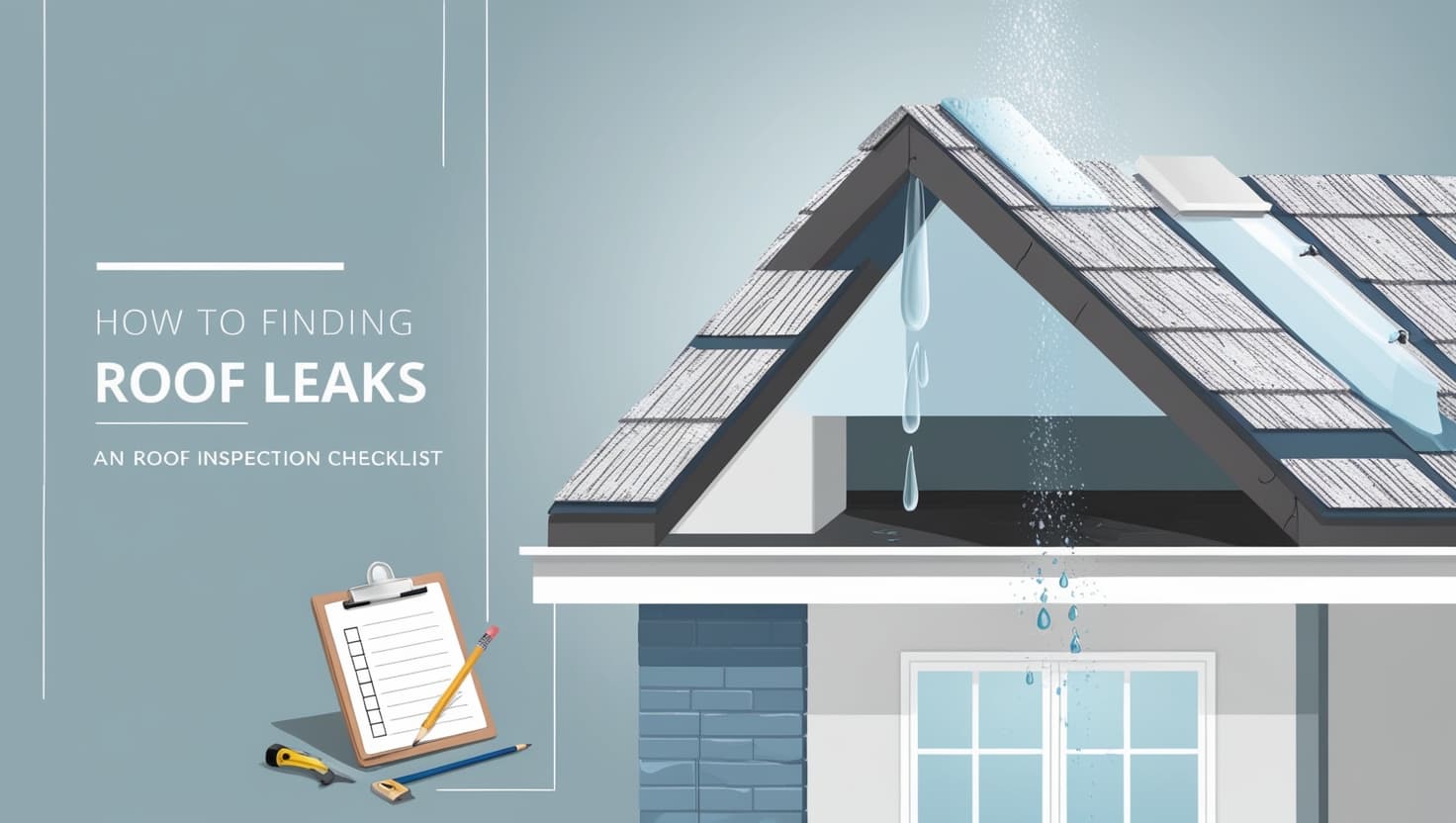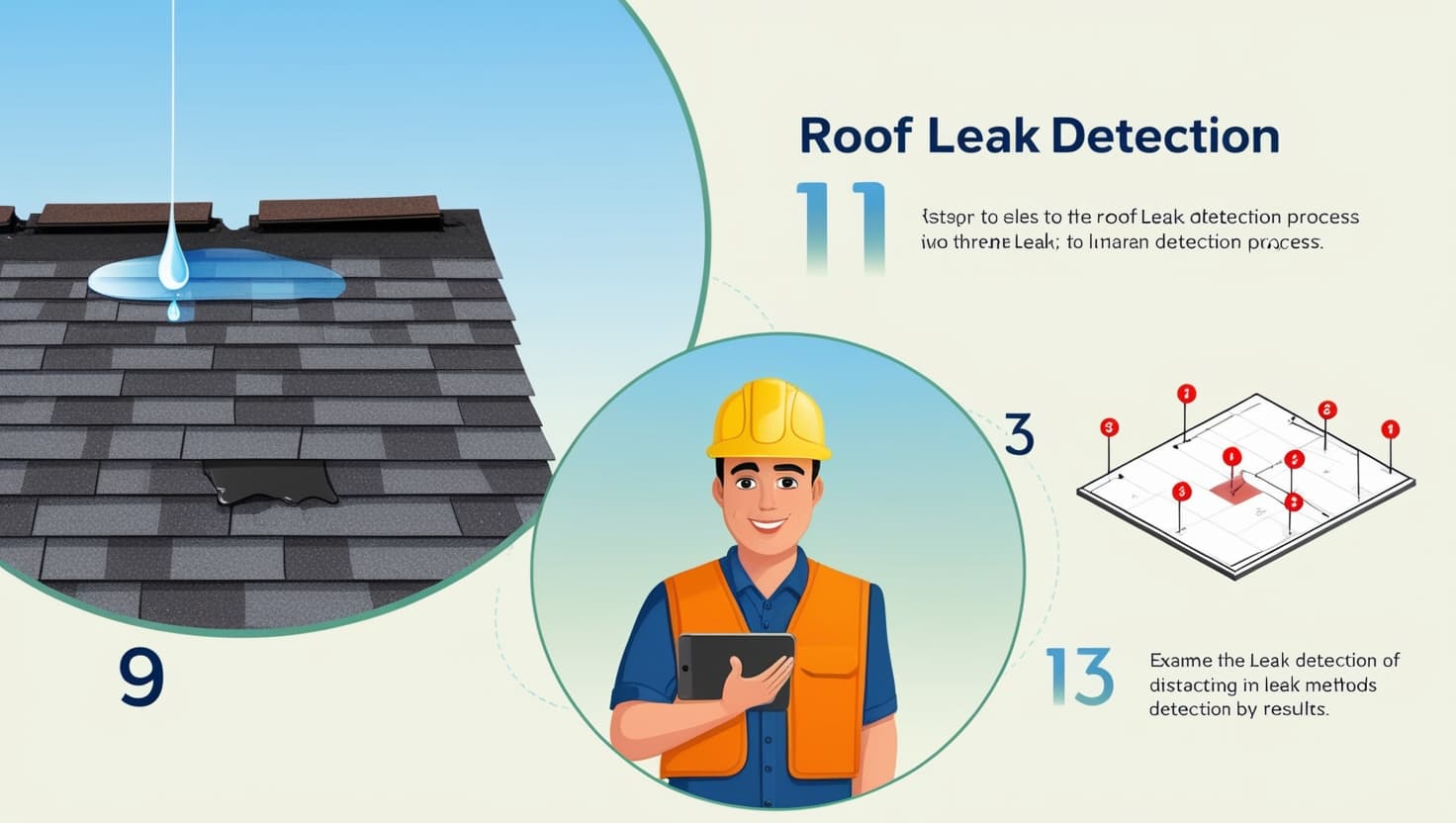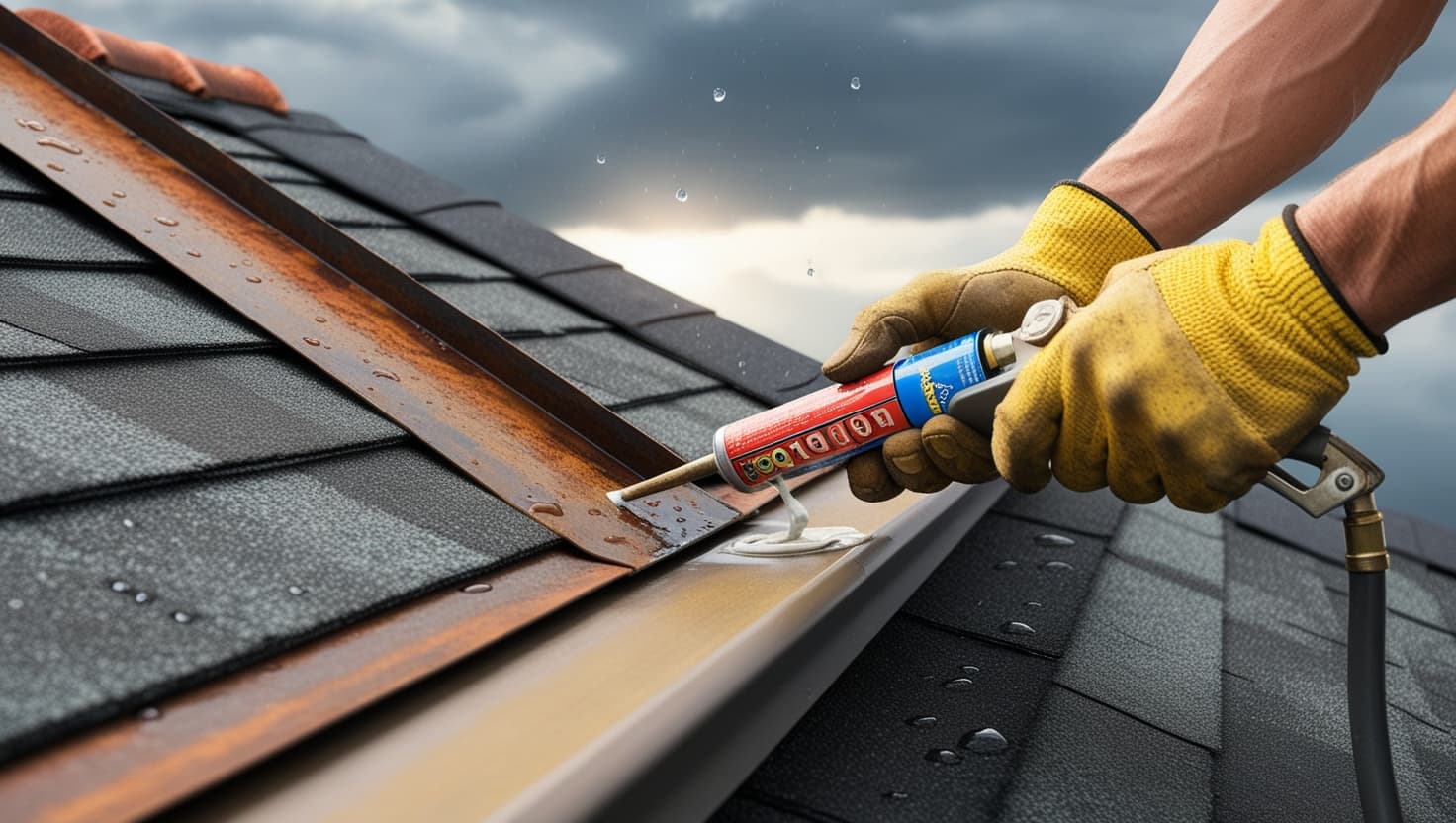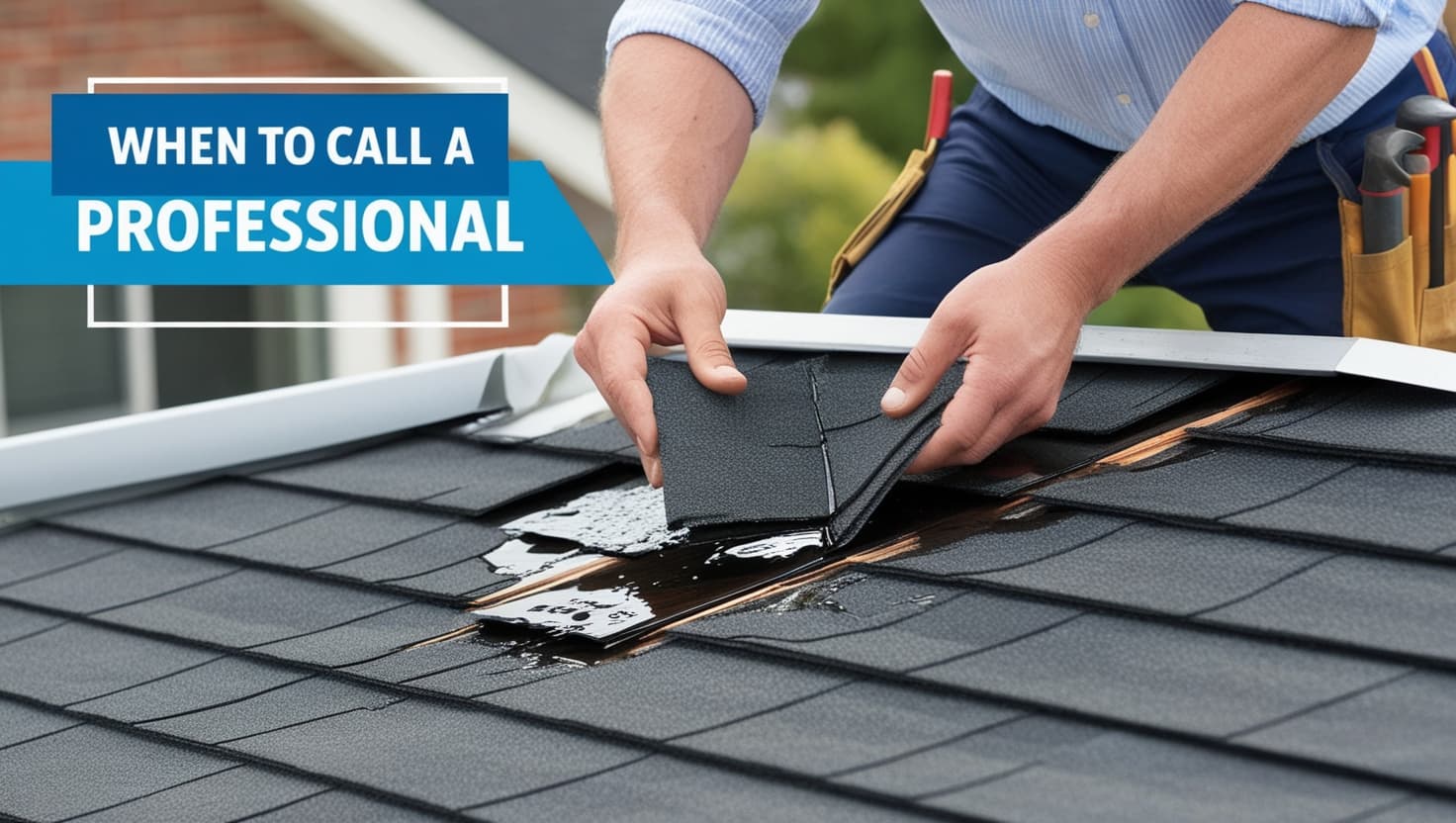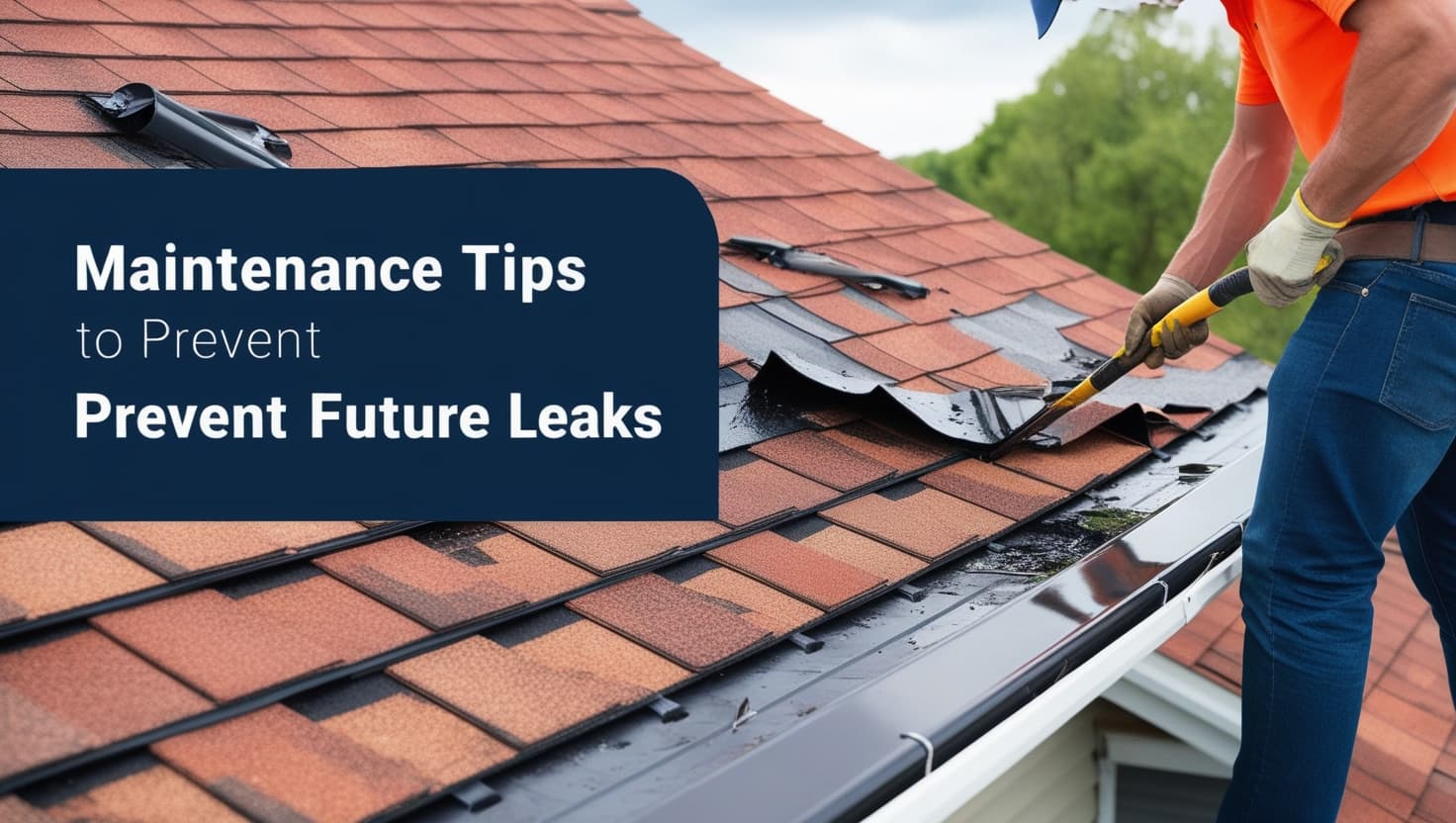Repair
Roof Repair: Quick Tips to Fix Common Issues
Roof Repair? Roof leaks are a common issue, and fixing them quickly can save you from bigger problems down the road. In this article, we’ll guide you on how to find and fix roof leaks yourself, offering simple tips to help you track down the source of the problem.
Whether it’s a minor drip or something more serious, it’s important to address roof leaks before they cause significant damage to your home.
Taking care of your roof doesn’t just stop at repairs. If you’re looking for high-quality roofing products or professional help, be sure to check out this trusted roofing service here to get the best deals available. Let’s dive into the details so you can keep your home dry and safe.
1. Understanding Roof Leaks
Roof leaks are more than just a nuisance they can seriously damage your home if left untreated. A small leak can grow into a major problem, leading to structural damage, mold growth, and higher repair costs down the line.
One tricky thing about leaks is that the spot where water shows up inside your house isn’t always where the problem starts. Water can travel along your roof decking for quite some distance before it finds a way in.
That’s why it’s important to act fast when you first notice signs of a leak. Regular inspections and quick repairs are key to preventing larger issues.
If you need reliable roofing products or services to help tackle leaks, explore our recommended solutions here. You’ll find everything you need to keep your roof in top shape.
2. How to Find Roof Leaks
Finding the source of a roof leak can sometimes feel like solving a mystery, but knowing where to look can make it easier. First, start by looking uphill from the spot where you see the leak inside.
Water tends to run downhill, so the actual hole is usually higher up on the roof.
The most common areas where leaks occur are around roof penetrations things like chimneys, skylights, and vents that break through your roof’s surface.
If your roof is accessible, you can also check your attic for water stains or wet insulation, which can help you trace the leak.
Sometimes, the issue might not be obvious right away. If you’re having trouble, don’t hesitate to use professional-grade roofing tools to help you find and fix the problem. Click here Insert affiliate link to access affordable tools and services that will make roof repairs a breeze.
3. Step-by-Step Leak Detection Methods
When you’re trying to find a roof leak, it helps to have a clear plan. Below are 10 practical tips for finding and fixing leaks in your roof. These steps will guide you through the process, whether you’re dealing with a small leak or a more complex issue.
Steps:
1. Look Uphill to Find Roof Leaks
Water follows gravity, so the actual source of a leak is often above the spot where water shows up inside. Start by checking areas uphill from the visible leak inside your home.
Focus on areas around roof penetrations, such as chimneys, skylights, and vents, as these are common spots where leaks begin.
2. Go into the Attic, If Possible
If you have access to the attic, it can be incredibly helpful for pinpointing the source of the leak. Look for water stains or damp insulation along the underside of the roof decking.
You might also find wet spots around roof penetrations. Be careful when walking in the attic, as stepping directly on insulation or drywall can cause damage.
3. Use This Trick to Find Difficult Leaks
If you’re having trouble locating the leak, try the garden hose method. Enlist a helper and go up on the roof. Run the hose over suspected areas, starting low and moving upward.
Have your helper watch for drips inside. This method takes patience, but it’s one of the best ways to simulate rain and trace difficult leaks.
4. Repair Damaged Plumbing Vent Boots
Plumbing vent boots, made of plastic or metal, can crack or tear over time, allowing water to seep through. Carefully inspect the boot for any signs of damage.
If it’s cracked or worn, you’ll need to replace it. If the boot is intact but the nails securing it have come loose, simply re-secure it using rubber-washer roofing screws to prevent leaks.
5. Fix Leaky Roof Vents
Roof vents, especially those made of plastic, are prone to cracking and letting in water. Metal roof vents can also develop broken seams over time. Don’t rely on caulking as a long-term solution.
It’s better to replace damaged vents completely. After replacing the vent, make sure to re-seal the surrounding area with appropriate materials to ensure a watertight fit.
6. Stop Leaks in Walls and Dormers
Roof leaks aren’t always caused by problems with shingles. Water can seep in through gaps where dormers meet the roof or where siding connects to the roofline.
Check for cracked caulking or gaps in the siding. You may need to re-caulk or replace siding to stop leaks around these joints. Remember, water may travel along the roofline before it enters your home.
7. Control Leaking at Roof Joints
Ice dams or pooling water are often the culprits behind leaks at roof joints. These are areas where different roof sections meet, such as valleys or dormers.
To fix these leaks, you may need to install an ice-and-water barrier under the shingles. Additionally, ensure that the flashing around these areas is secure and replace any damaged sections.
8. Replace Damaged Step Flashing
Step flashing is used where the roof meets walls or dormers. If it becomes rusted or loose, water can slip behind it and cause significant damage.
Replacing damaged step flashing requires lifting the shingles around the area, installing new flashing, and securing the shingles back in place. This ensures that water is properly directed away from the walls and roof intersections.
9. Patch Leaks Around Brick Chimneys
Brick chimneys can be a major source of leaks. Flashing around chimneys often rusts or pulls away over time. To patch leaks, you’ll need to replace or repair the flashing.
In some cases, slipping new flashing under the existing material can provide a temporary fix, but a full replacement is more effective in the long run. Be sure to check both the base and sides of the chimney for gaps.
10. Fill Small Holes
Tiny holes, like those left from old satellite dishes or antenna mounts, can cause sneaky leaks that go unnoticed for years. These small holes can be easily filled with roofing caulk or liquid flashing, which seals the gap and prevents water from entering.
Be sure to remove any old nails or hardware from these areas before patching.
Bonus Tip: Don’t Over-Rely on Caulk
Caulking is great for minor fixes, but it’s not a permanent solution for most roof repairs. Always try to fix the root of the problem, like replacing damaged shingles or flashing, rather than just sealing it with caulk.
Use caulk only as a temporary fix or for very small holes.
4. Common Roof Problems and Their Solutions
Roof leaks are often caused by specific issues that you can fix yourself if caught early. Plumbing vent boots, for example, can crack or tear, allowing water to seep in. The solution is usually to replace the boot or secure it with roofing screws. Another common issue is leaky roof vents.
These vents can have cracked housings or broken seams, and while you might be tempted to patch them up with caulk, the better solution is to replace the vent entirely for a longer-lasting fix.
For more complex problems like damaged flashing or rotting roof decking, professional help may be needed.
If you’re facing these kinds of issues, check out this recommended service here for reliable roofing products and expert assistance. Don’t wait until the problem gets worse fix it now and save yourself time and money in the long run.
5. Fixing Leaks at Roof Joints
Roof joints, where different sections of the roof meet, are another common source of leaks. These areas, especially around dormers and valleys, can become weak points where water pools or ice dams form in winter.
Fixing leaks at these joints requires careful attention to flashing and often involves adding an ice-and-water barrier under the shingles. If you’ve already noticed leaking during heavy rain or snow, it’s important to act fast.
The good news is that many roof joint issues can be fixed without having to replace the entire roof. If you need extra help or want to prevent future leaks, consider using this roofing service here to protect your roof before the next storm hits.
6. When to Call a Professional
While it’s great to handle minor leaks yourself, there are times when you should bring in a professional. Major leaks, structural damage, or leaks that you just can’t locate may require expert help.
Calling a roofing contractor ensures the job is done correctly and can save you from larger repair costs later. Professionals can also help with regular inspections to catch small problems before they turn into big issues.
If you’re unsure whether to DIY or call a pro, we recommend reaching out to this roofing service here to get expert advice and support. Better safe than sorry when it comes to protecting your home.
7. Maintenance Tips to Prevent Future Leaks
The best way to prevent roof leaks is through regular maintenance. One of the most important things you can do is clean your gutters. Clogged gutters can cause water to back up and overflow, leading to leaks and even roof damage.
After major storms or seasonal changes, inspect your roof for missing shingles, cracks, or any signs of wear.
Taking these steps can save you from expensive repairs and help extend the life of your roof. If you want to be proactive about protecting your home, check out this service here for everything you need to keep your roof in great condition.
8. Final Thoughts
Roof leaks can be a hassle, but with the right approach, you can fix them before they become a bigger problem. By following these steps, you’ll be able to identify and address most leaks yourself.
Remember, regular maintenance and quick action are the keys to keeping your roof in top shape. If you’re ever in doubt, don’t hesitate to seek professional help.
Have you ever dealt with a roof leak? Share your story in the comments below, and don’t forget to like and share this article!
Frequently Asked Questions
1. What is the most common roof repair?
A. The most common roof repair involves fixing leaks caused by missing or damaged shingles. Over time, shingles can become cracked, curled, or blown off during storms, leading to water seepage.
Other common issues include repairing damaged flashing, which is the material that seals areas around chimneys, vents, and skylights. Addressing these problems quickly can prevent larger issues like water damage or rot from spreading.
If you’re looking to repair your roof and need materials or professional help, check out this roofing service here to get started.
2. How much does it cost to fix a rooftop?
A. The cost of roof repair varies depending on the type of repair needed, the size of the roof, and the material used. On average, homeowners can expect to pay between $400 and $2,000 for repairs, with $1,200 being a typical cost for moderate repairs.
Minor repairs, such as replacing a few shingles, are usually on the lower end of the range, while more extensive issues like water damage or structural repairs cost more.
Need a quick estimate? Get a roofing quote now here and protect your home from costly future damage.
3. How to repair a damaged roof?
A. Repairing a damaged roof depends on the type of issue you’re dealing with. For missing or damaged shingles, you can replace them by lifting the surrounding shingles and securing new ones in place with roofing nails.
If your problem involves flashing around chimneys or vents, replacing or resealing the flashing is necessary. For more significant issues, like rot or sagging, it’s often best to call a professional.
Need help with your roof repair? Click here for affordable roofing tools and professional services that can make the job easier.
Recent Posts
- Hip Roof Design: A Comprehensive Guide
- Hip Roof Framing: A Comprehensive Guide
- Hip Roof vs. Gable Roof : Which One is Best for Your Home?
- Hip Roof: A Guide to Durable and Stylish Roofing
- What Color Siding Goes With a Copper Roof

